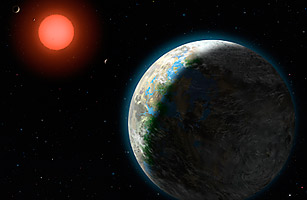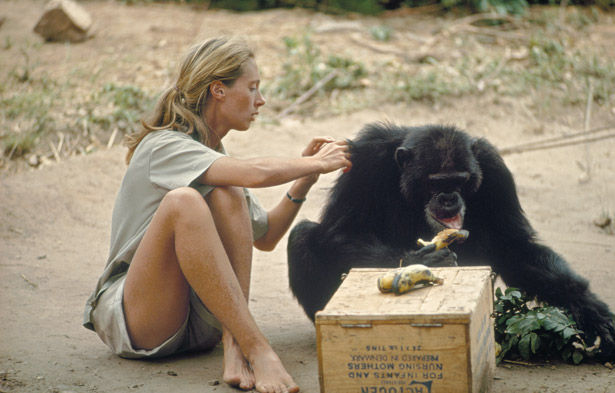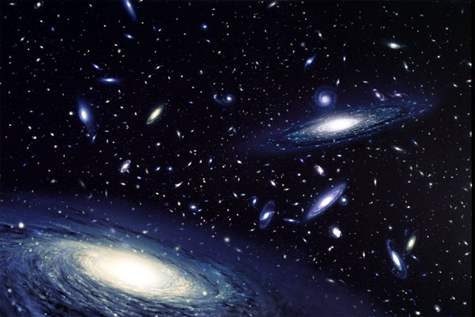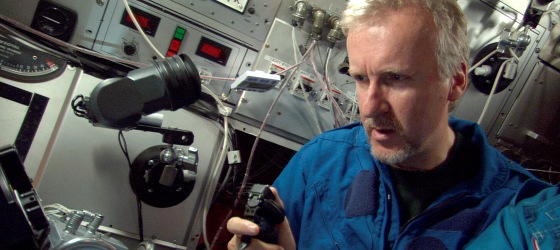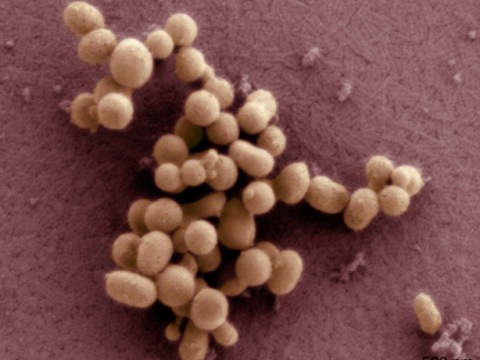“‘It’s really wet,’ said Anthony Colaprete, co-author of one of the Science papers and a space scientist at NASA Ames Research Center at Moffett Field, Calif. He and his colleagues estimate that 5.6% of the total mass of the targeted lunar crater’s soil consists of water ice. In other words, 2,200 pounds of moon dirt would yield a dozen gallons of water.“
In keeping with recent studies, NASA is set to announce that there appears to be quite a lot of water on the moon, which would greatly facilitate setting up shop there. Alas, “the U.S. likely won’t be involved in manned voyages to the moon anytime soon…But other countries are gearing up. China has pledged to land astronauts on the moon by 2025, and India has plans to do the same by 2020. Japan wants to establish an unmanned moon base in a decade.” And, hey, why go to the moon when you can spend a decade in Afghanistan?

